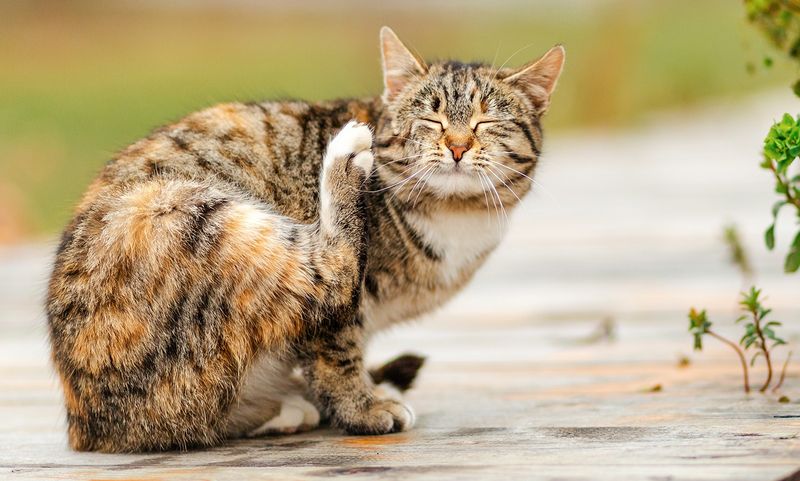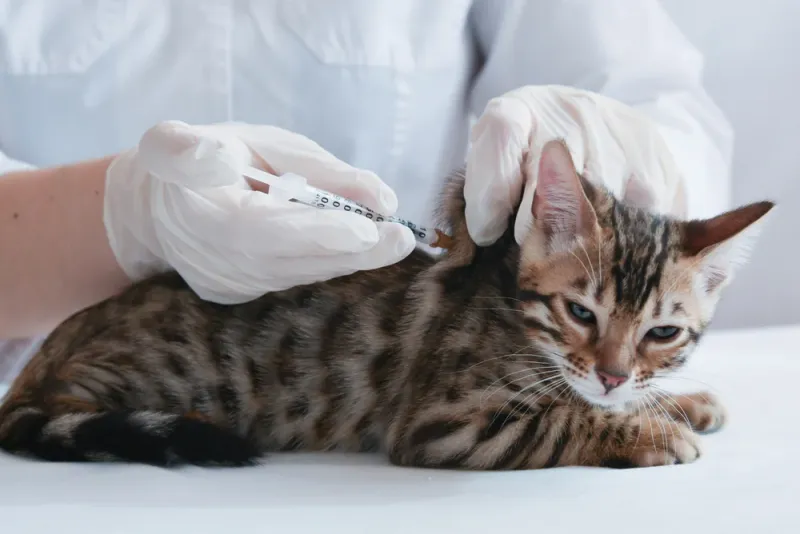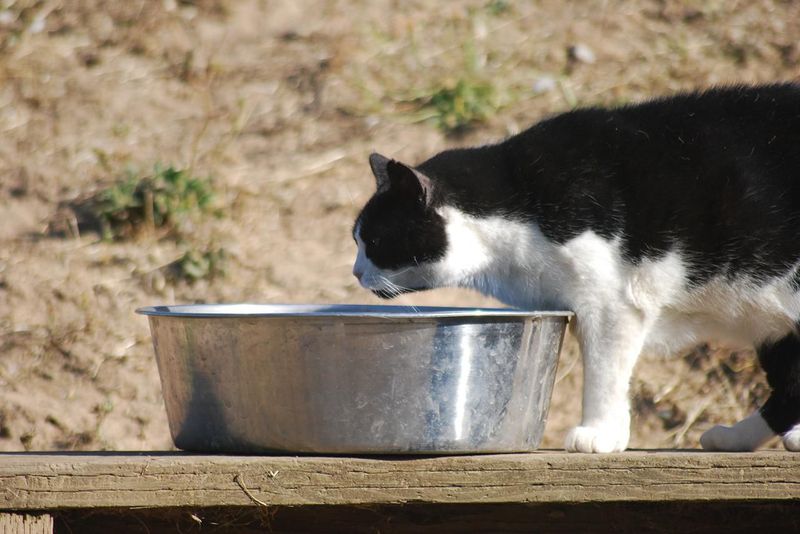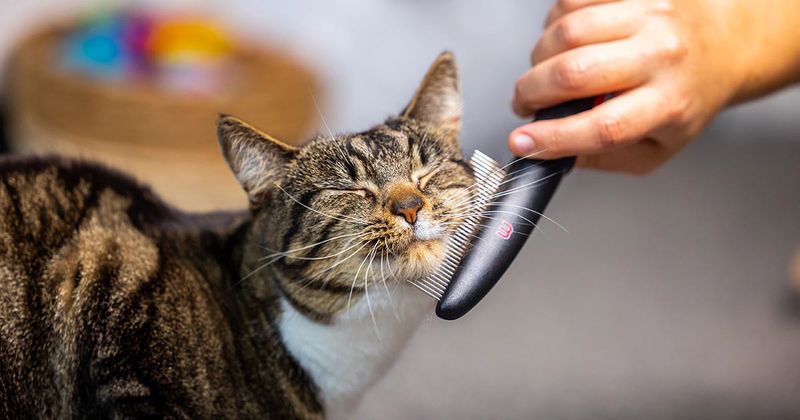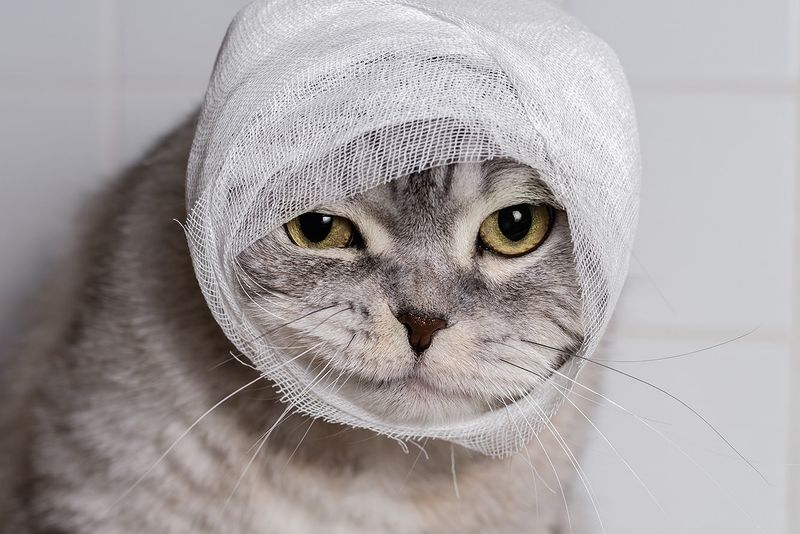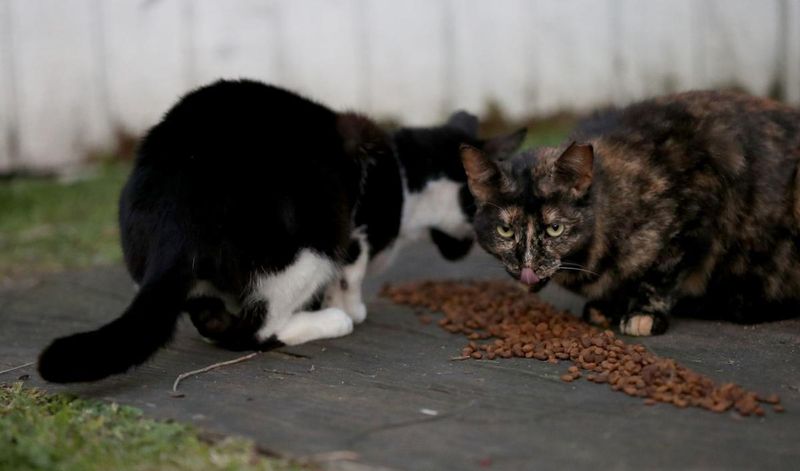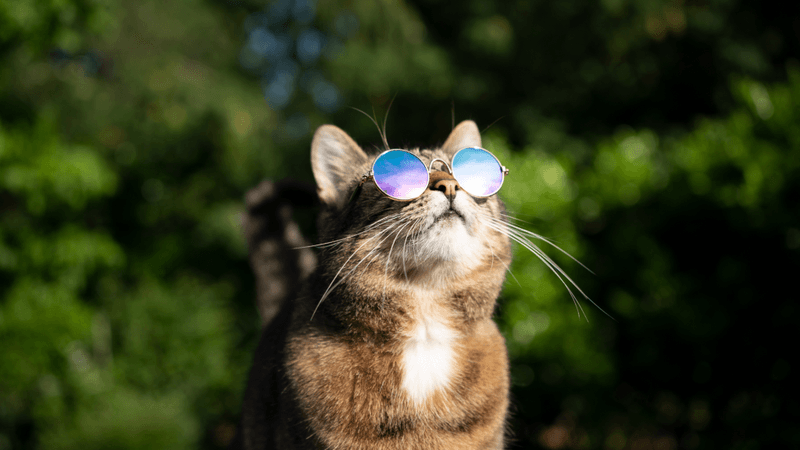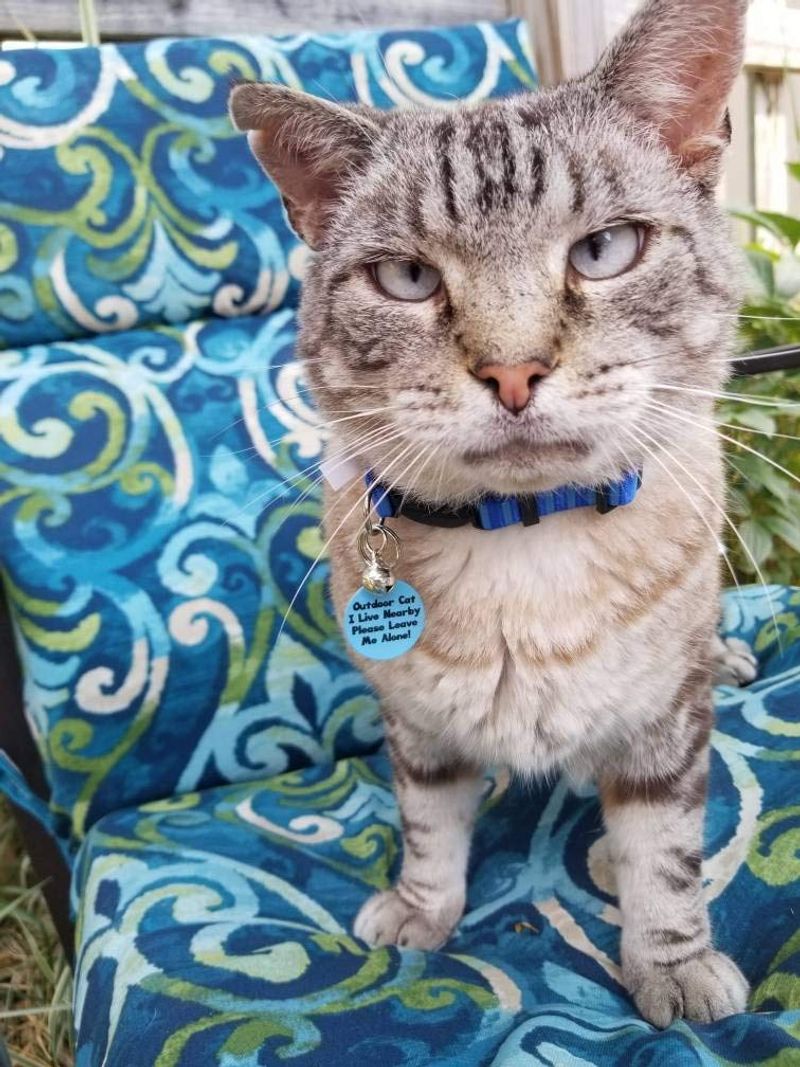📖 Table of Content:
As the days grow longer and the sun shines brighter, many outdoor cats are eager to resume their adventures. Warmer weather can be a wonderful time for your feline friend to roam, explore, and enjoy nature—but it also comes with hidden hazards and responsibilities. From parasites and overheating to increased exposure to other animals, spring and summer introduce unique challenges that require thoughtful preparation.
Unlike their indoor counterparts, outdoor cats interact with an unpredictable environment. They may encounter unfamiliar animals, drink from unsafe water sources, or seek shelter in areas that aren’t ideal. As their guardian, you play a crucial role in equipping them with what they need to not only survive but thrive through the season. With proactive care, your cat can enjoy the outdoors safely, comfortably, and with reduced risk of illness or injury.
This guide outlines 10 essential ways to get your outdoor cat ready for warmer weather. Each tip addresses common seasonal concerns and offers practical solutions that blend veterinary insight with everyday application. Whether you’re a long-time cat parent or newly caring for an outdoor feline, these suggestions will help you confidently navigate the warmer months.
1. Flea and Tick Prevention
Fleas and ticks flourish in warm, humid environments, making prevention absolutely vital as the weather heats up. A single bite can introduce parasites, infections, and even trigger allergies, causing discomfort and medical complications. Vets typically recommend monthly flea and tick treatments in the form of topical solutions, oral tablets, or specialized collars. Applying or administering these consistently throughout the season can dramatically reduce the risk of infestation. If your cat shares space with other animals, it’s important that all pets are protected to prevent cross-contamination. You may also want to limit contact with heavily wooded or grassy areas, which serve as prime breeding grounds for ticks. Prevention is always easier and more affordable than treatment.
2. Update Vaccinations
Staying current on vaccinations becomes especially important when your cat’s outdoor activity increases. Warmer weather often means more encounters with other animals—some of which may carry contagious diseases. Core vaccinations, including rabies, feline calicivirus, and feline panleukopenia, provide critical immunity against dangerous illnesses. Depending on your region and your cat’s lifestyle, your vet might also suggest non-core vaccines like feline leukemia. Getting a booster shot at the start of the season can offer peace of mind as your cat explores. It’s also a good time to review your vet records and schedule an annual wellness exam. Early detection of underlying issues can make all the difference.
3. Hydration Access
Hydration is fundamental to your cat’s health, especially under the summer sun. Outdoor cats can easily become dehydrated, particularly if they’re active or prone to long outings. Providing clean, cool water in multiple spots around your yard or porch helps reduce this risk. Refill and clean bowls daily to discourage bacteria or insects from contaminating the water. Consider placing bowls in shaded areas so the water remains cooler for longer periods. If your cat tends to wander far, a pet-safe water fountain can encourage drinking due to the appeal of moving water. Remember, cats don’t always show obvious signs of thirst until dehydration is advanced.
4. Provide Shaded Areas
Shade is your cat’s natural refuge from heat and intense sunlight. On hot days, temperatures in direct sun can quickly rise to dangerous levels, even for a heat-loving animal. You can provide shade by setting up a cat shelter, tarp-covered area, or allowing access to shaded parts of your yard. These structures not only help cool your cat down but also protect them from sudden summer storms. A well-ventilated cat house or hideaway with proper airflow is ideal. Avoid using materials that trap heat, like metal or certain plastics. Consider rotating shelter locations throughout the day to align with moving sun angles.
5. Grooming Routine
Shedding increases significantly in warm seasons, and regular grooming can help manage it. Outdoor cats are more prone to matted fur, which can trap heat and harbor dirt or parasites. A simple brushing routine a few times a week keeps their coat sleek and more breathable. This also gives you a chance to check for fleas, ticks, or skin irritations. Long-haired cats in particular benefit from trimming any mats or excess fur, especially around the hindquarters. Be gentle when grooming areas where skin is more sensitive, like the belly or underarms. A clean, tangle-free coat helps your cat stay naturally cool.
6. Check for Injuries and Irritations
Inspecting your cat regularly can catch minor problems before they escalate. Outdoor cats encounter rough surfaces, sharp plants, and insects, all of which can cause small wounds or irritations. Gently examine their paws for cuts, thorns, or signs of swelling. Check inside their ears for wax buildup, mites, or excessive scratching. Pay close attention to any new bumps, rashes, or hair loss that could indicate a parasite or allergy. If you spot anything unusual, contact your vet for guidance rather than adopting a wait-and-see approach. Being proactive can prevent complications and ensure your cat remains comfortable and mobile.
7. Adjust Feeding Habits
Mealtime strategies may need a seasonal tweak to match your cat’s summer habits. Heat tends to suppress appetite, especially if your cat is napping more during the hottest parts of the day. Feeding them early in the morning and again after sunset aligns with their natural behavior and avoids mealtime during peak temperatures. Avoid leaving wet food outside too long, as it can spoil quickly and attract pests. Consider offering smaller, more frequent meals to accommodate reduced appetites. Make sure your cat has a quiet, shaded area to eat undisturbed. Maintaining their nutritional intake is essential for energy and hydration.
8. Monitor Behavior for Overheating
Recognizing the signs of heat exhaustion can save your cat’s life. Unlike dogs, cats don’t pant often, so when they do, it’s usually serious. Symptoms may also include drooling, rapid breathing, bright red gums, or unusual lethargy. If your cat appears confused, uncoordinated, or vomits, bring them into a cool space immediately. Offering them damp towels to lay on or gently wiping their fur with a moist cloth can help reduce body temperature. In extreme cases, seek emergency vet care. Always err on the side of caution when it comes to heat-related issues.
9. Create a Safe Outdoor Space
A safe outdoor space minimizes many warm-weather risks. If you have a yard, inspect fences for escape points and remove hazardous plants or materials. Some owners build or buy catios—enclosed patios or tunnels that allow cats to experience the outdoors without full exposure. These structures provide enrichment while drastically lowering the chance of injury or disappearance. Even without a catio, you can add vertical structures, scratching posts, and hiding spots to stimulate your cat safely. Supervised outdoor time can also reduce the urge to roam. Think of your yard as a curated play zone, not just open territory.
10. Update Identification
Having updated identification is non-negotiable for outdoor cats, especially during seasons of heightened activity. If your cat wears a collar, ensure it has a breakaway feature for safety and includes an ID tag with your current phone number. Microchipping offers an added layer of protection and can reunite you with your cat if they wander too far. Check the chip annually to confirm your contact info is current in the registry. If your area experiences summer storms or fireworks, noise-related panic may increase the chance of escape. The more identifiable your cat is, the faster you’ll get them home if they get lost.

